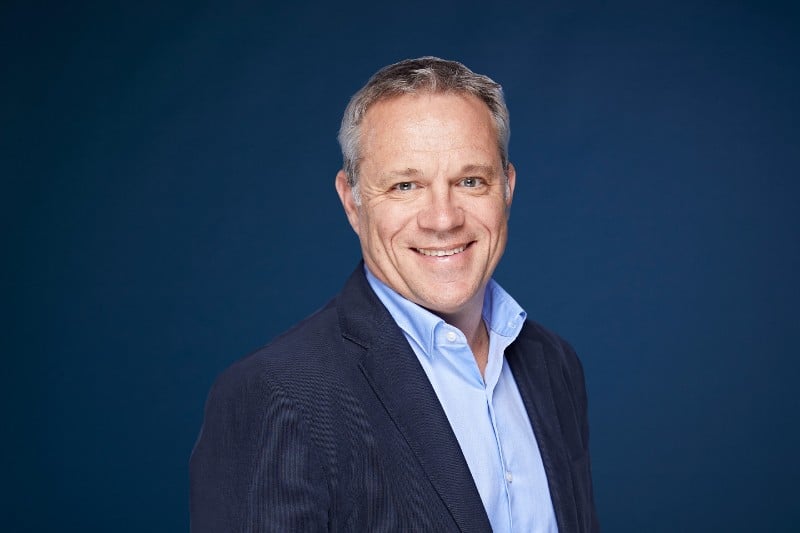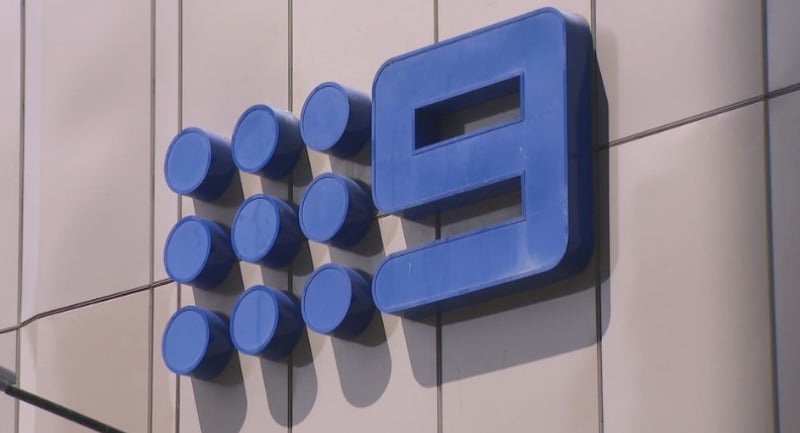All eyes are on Nine. The business is cashed up with the sale of Domain and there’s speculation on how Nine plans to spend the $1.4b now appearing on its balance sheet.
In his first full year presentation since taking on the CEO role, Matt Stanton delivered his state of the union speech and spoke about the possibilities for the business going forward: “As our business becomes more digital, with digital revenue growth of 6% per year, our ability to exploit the opportunities of our integrated consumer platform becomes more wide-reaching. Subscription revenues grew by 10% per year, underpinned by growth at both Stan and in digital subscription revenues at Publishing.
“Stan particularly benefited as we brought the streaming and broadcast teams closer together. Clearly evident through the Olympics, but with more synergies coming through in the second half through content sharing and cross-promotion.”
For those reading the tea leaves on what was said during his presentation, sports was at the forefront of it all.

Nine CEO Matt Stanton
As Stanton and the team grow out the business, it will be looking for opportunities to double down on what has been working. And all signs point to sports and, charitably, sports-adjacent.
Stan is a shining star, shining almost as bright as Stan Sport
With around 2.5 million subscribers each year, Stan is driving significant revenue for the business. And the better news for Nine is that it is a growing revenue.
Acting CFO Graeme Cassells followed Stanton in the presentation where he spoke about the value in Stan, but particularly the value in the Stan Sport add-on: “Stan’s reported 31% growth in EBITDA for the year was underpinned by a strong subscriber performance, which kicked off with a successful Olympic campaign but was augmented by Stan’s slate of entertainment and sports content. Revenue growth of 10% was due to a combination of higher average subscriber numbers, particularly for Stan Sport and higher ARPU.”

Graeme Cassells, Nine Acting CFO
That ARPU will be higher in the next report, following the recent Stan Sport price-rise effective from the start of the current financial year. Stan Sport now costs $20 per month, up from $15 per month. The rise is related to Stan securing the English Premier League and the FA Cup, which it picked up from Optus Sport. Access to Stan Sport requires a Stan subscription as well, which requires at minimum an entry-level $12 monthly plan. For 4k streaming, Stan subscribers with a Stan Sports add-on can be paying as much as $42 per month.
The EPL and FA Cup will be exclusive to Stan Sport going forward and positions Stan, as per Stanton, as “a scale player in subscription sports streaming, and further highlights Nine’s commitment to premium content.”
It wasn’t as though Stanton and Cassells ignored the rest of the business in their presentation, but it all kept coming back to Stan, sports, and the revenue generated across the business in synergies that seemed connected back to the subscription streaming business.
“Stan particularly benefited as we brought the streaming and broadcast teams closer together. Clearly evident through the Olympics, but with more synergies coming through in the second half through content sharing and cross-promotion. We removed around $80 million of costs from the business across the year, of which circa $60 million is classified as ongoing, ahead of initial guidance of $50 million,” Stanton advised.
What didn’t Matt Stanton talk about? Radio
The limited reference to the audio/radio side of the business was limited to conversation about declining advertising revenue.
“After a strong rebound in H1, H2 profits from audio were impacted by a loss of advertising revenue share in a market which was broadly flat. Digital revenues remained a positive, with growth of 31%.
“Reflecting on this result, Nine has announced a new commercial structure from 1 July. This increased focus on direct sales allows Nine to both play to its strengths of scale and reach across platforms, while providing greater capability to unlock more advertising opportunities in what talk radio does best – live, local and deeper brand connections with listeners,” Stanton advised.
The one time Cassells mentioned the audio division, it was in relation to cross-promotion of sport: “We’ve got the final Saturday night 9.30 game on this weekend coming, and then we’ll stop that. That was a bit about awareness and reach and drive through that. But obviously, through publishing our radio assets as well, we’ve really pushed that and be very pleased with the response.”
Amid the many rumours circulating around the next steps for Nine, two of the most-discussed is speculation surrounding the sale of the Nine Radio division, along with a purchase of SCA. Stanton has talked down both possibilities, but has couched both in comments about there not being formal conversations.
In an interview with The Australian, Stanton spoke of the possible Nine Radio sale: “What I would say is there’s no formal process or talks occurring at this point in time. We’re very focused. The strategy for the team is to really drive the sales, the commercial side of it … and we’re focusing on that.”
If Nine was to buy the SCA radio assets in addition to holding on to the Nine Radio assets, it would trigger a licensing requirement to sell off some of its stations. One can only hold two licenses in the one broadcast market.
If sports really is the future for Nine and the team are looking for cross-promotional opportunities across their platforms, Mediaweek can’t help but notice the synergies that exist with ownership of the Triple M network.
